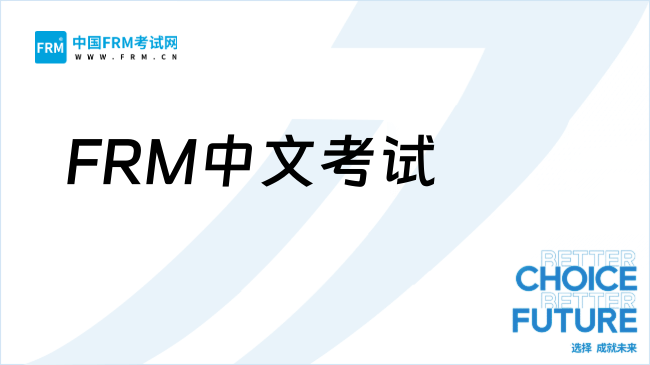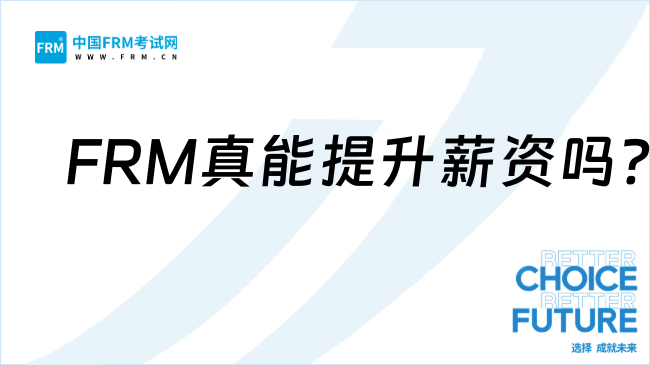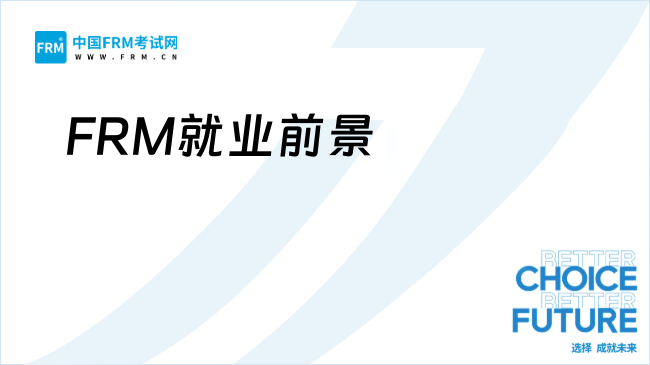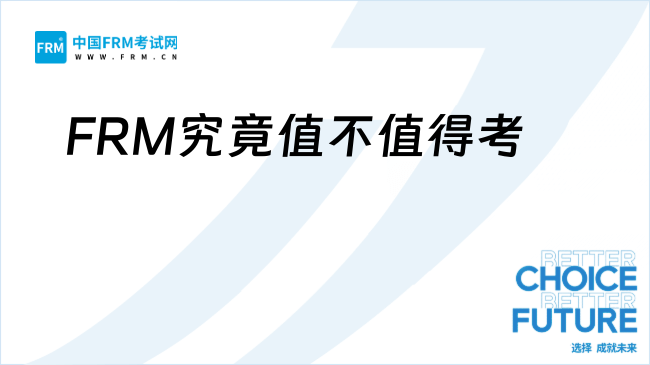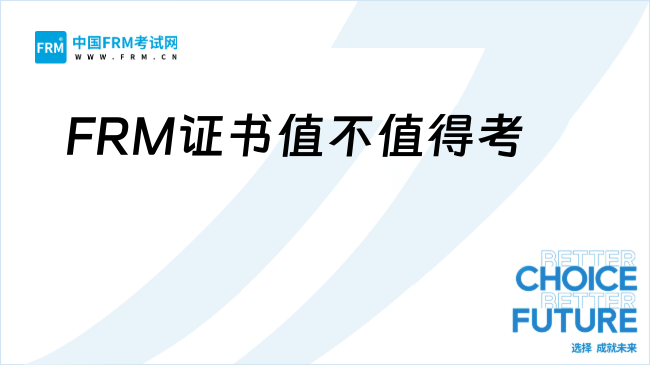国际大型科技公司在金融创新上的平平表现应该让许多欧美银行松了一口气:忙于不断发布利润可观的新iPhone产品,苹果公司刚开始开发手机钱包。脸书(Facebook)本可以成为全球汇款的首选,但它对广告收入依赖的模式削弱了其从其他服务中赚钱的野心。谷歌公司(Google)则在谷歌钱包、Android Pay和最新的Google Pay中徘徊,试图找到合适的规模建立合适的服务。亚马逊公司(Amazon)的确开发了现金和贷款服务,但是它营收的核心竞争力仍在于其云服务(AWS)和Alexa。严格遵守核心竞争力原则的这些公司很难同时经营多种业务。
如果我们将视线转向中国的超级平台,如阿里巴巴公司时,我们发现马云对以下方面均有兴趣:电子商务平台、移动操作系统(相当于Android或iOS)、购票、流媒体视频(与Netflix类似)、YouTube类服务、零售、家居食品外卖、乘车(如优步)、全球物流、银行和支付(蚂蚁金融是中国第二大消费贷款平台)、培训、人工智能(这将该公司带入农业领域)、保险、云服务、智能城市、数据分析、航班预订、医疗设备,甚至电影制作。
中国科技公司从这些混合服务中获得的数据量是惊人的,西方金融公司需要加强对中国规模经济优势的了解。
The sheer quantity of data available to Alibaba from these mash-ups of inter-related services is staggering.Alibaba and its rival,Tencent,are redefining business around complex ecosystems of partners.In the process they show a total disregard for western business philosophy.Their interest is not margin,but scale.Their approach is to abandon core competency and go for scope.Their instinct is to do it at speed.At the heart of all this are bank and payments services and those three drivers scale,scope and speed.
We are seeing ecosystems being deployed much more aggressively to capture scope with an impact on cost and price that every western business should wake up to.
微应用和生态系统
Tencent has pioneered the idea of micro-apps on its Wechat services.These are very small,single purpose apps that grow in importance because they are nested in an ecosystem of complementary apps.The cost of innovation is as minimal as it could be.
Alibaba has opened up 1,500 APIs(application programming interfaces)to encourage third-party interaction around its massive family of businesses and data.In exchange,it offers access to the most comprehensive array of customer touchpoints ever assembled,mostly accessed by the mobile web.In this environment,the cost of innovation and development is low because it is about you and your ideas,their relevance and quality.But the very low cost of innovation is only half the story.With access to ecosystems of apps and touchpoints,you have the extra advantage of ultra-low-cost marketing.
In digital,you can build cheap,sell cheap and service cheap.
交易引擎的兴起
What everybody overlooks about these companies–whether Apple or Alibaba,Google or Tencent–is that they are essentially transaction engines that allow pioneers to manage the infinite scale that comes with low cost and low price.
Transaction engines are essentially what banks should be.It should be clear by now that whole segments of the economy have grown up where service providers have created competitive advantage through highly scaled microtransactions.These transaction engines represent the backbone of a new system of payments.Only Alibaba has as yet taken the obvious step of developing a financial arm that has scaled globally.Amazon has started down that route,though it may not hold its nerve.Facebook will have to look closely at it,given the pressure on its indirect revenue model from the“weaponizing”of social media.
Apple and Google,strangely,lack dynamism in financial services.However,Rakuten,with a loyalty scheme of 700 million members,has chosen to create a financial services portfolio that includes online securities trading,credit cards and life insurance.The Japan-based company is also aiming for an initial coin offering(ICO)so that it can interface with cryptocurrencies,and has invested in fintechs in personal wealth management,lending and remittances.In India,Paytmhas developed from a phone-recharge service to a full-fledged e-commerce company with additional investments in personal transport and logistics,as well as owning a bank that is innovating in savings and wealth management products.
There is a pattern of aggregation here that banks need to acknowledge.
全球竞争力再分配
These developments are part of a larger shift in global power based on new economic structures.The influence of scale,scope and speed is evident everywhere in this shift.
Alibaba achieved over$25 billion in sales on its November 2017 Singles Day.In contrast,Amazon scored$1 billion in sales on Prime Day.This is not to say Amazon and other U.S.platforms are not in contention with Alibaba.They are,but look at the difference in scale.
That difference,in turn,supports a more aggressive approach to pricing.Perishables on the Alibaba Taobao platform,for example,can be as much as 90%cheaper than those sold through the historic hub at the Amsterdam flower market.
On a recent search for travel insurance,I found that the cost of insuring a week-long trip from Europe to the U.S.was between 2.5 and 4 times more expensive that insuring a trip from China to Japan.
But here is the real rub:Many merchants on Amazon actually source their goods through Alibaba,where products are cheaper and prices are negotiable.Without Alibaba,Amazon would struggle to attract merchants.
Publications as distinct as The Economist,the New York Times,Time magazine,the Daily Telegraph and Financial Times have all written in recent years about China’s economic supremacy and leadership potential in AI,quantum computing,satellite communications,5G mobile,and Internet of Things.
为何金融机构应对方案尚不明晰
图片
In 2013,London School of Economics anthropologist David Graeber wrote about the rise of what he termed bullshit jobs,those that“even the person doing it secretly believes need not,or should not,exist,”and the disappearance of which would have no negative impact on the world.
Facebook serves 1.5 billion“customers”with somewhere between 250 and 10,000–the estimates vary widely,and most land around 1,000.Twenty thousand is roughly the total number of engineers working under the banner of Google’s parent,Alphabet.That is three or four times the employees of Netflix,which services more than 100 million customers.
Banks’fundamental problem is a legacy mindset that leads them to disqualify themselves from many of the benefits of new technology or techniques.
Example 1:The cloud problem.It is a known problem in the cloud community that many,if not the majority of,adoptions are pseudo-cloud.Financial institutions typically spend tens of millions migrating their data centers,along with their IT governance structures,to the cloud,promptly negating the benefit of having an environment where they can act quickly.
Example 2.The agile fallacy.Similarly,many banks have adopted agile software techniques that they now want to deploy in other areas of their business.The problem with agile,as it is usually adopted,is that it comes with a set of rules instead of liberating people to find the right way to work.
风险经理应该怎么做?
The risk to financial institutions arises from integrated service platforms like Alibaba,today,and Amazon,Rakuten et al tomorrow.This risk has been evident for years.The only reason the risk is not more manifest now is the tardiness and inexperience of U.S.tech platforms.So what to do while there is still time?
Create new metaphors for the bank and its operations.It is a flow of value,not a hierarchy of control.Try this:
1)CUSTOMER:Refocus on customer awareness.What risk managers can do today is ensure that their organization’s grasp of customer profiles is dynamic,up to date and regularly updated.If not,then you are not doing customer-centricity.You are kidding yourselves.
2)AUDIT:Auditing for real assets and jobs.Companies like Netflix and Facebook set a benchmark for jobs that are associated with value creation.That formula can apply to banks.If projects don’t show a tangible relationship with improved customer success,then they are a risk and need to be cut.
3)TEAM:Co-opt transformation-savvy CIOs to the risk department.It’s almost inevitable that financial institutions are ill informed about what platforms can do or how to grow them,or even what threat ecosystem competitors represent.
4)ECOSYSTEM:Plot a route to deeper integrated ecosystems.Chinese businesses excel at building integrated ecosystems.They sit at the center of a vast network of customer touchpoints,creating unprecedented opportunity to serve.Can you afford not to do the same?
5)FLOW:Move to real-time process creation.The fundamental principle of agile is to allow teams to create their own processes and methods.Process co-creation is a culture change.It costs very little,but non-adoption is killing banks.
本文作者Haydn Shaughnessy是《Flow:A Handbook for Change Makers,Mavericks,Innovation Activists and Leaders》和《12 Steps to Flow:The New Framework for Business Agility》的作者。他是公认的科技创新领域研究权威,并为许多主要金融机构担任独立顾问。他还是加州大学欧文分校的研究员。本文有删减。




 FRM职业发展
FRM职业发展
 发布时间:2021-03-19
发布时间:2021-03-19


 复制本文链接
复制本文链接 模拟题库
模拟题库

 944
944




